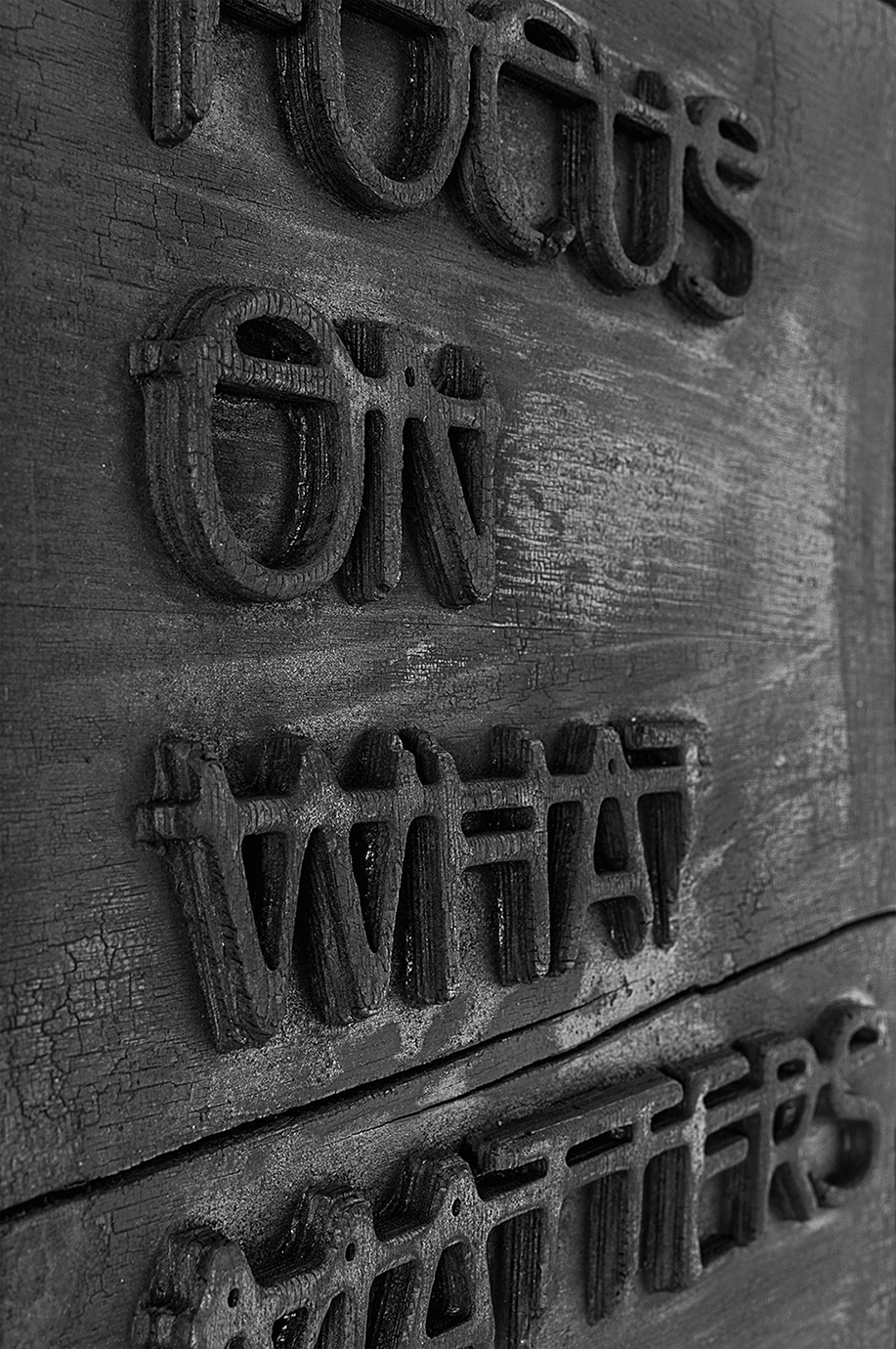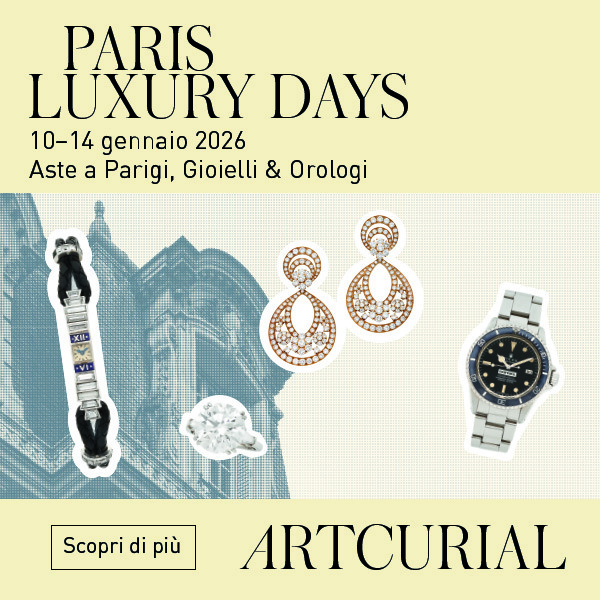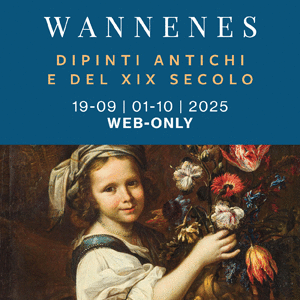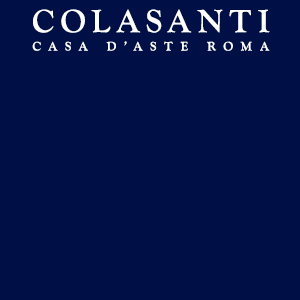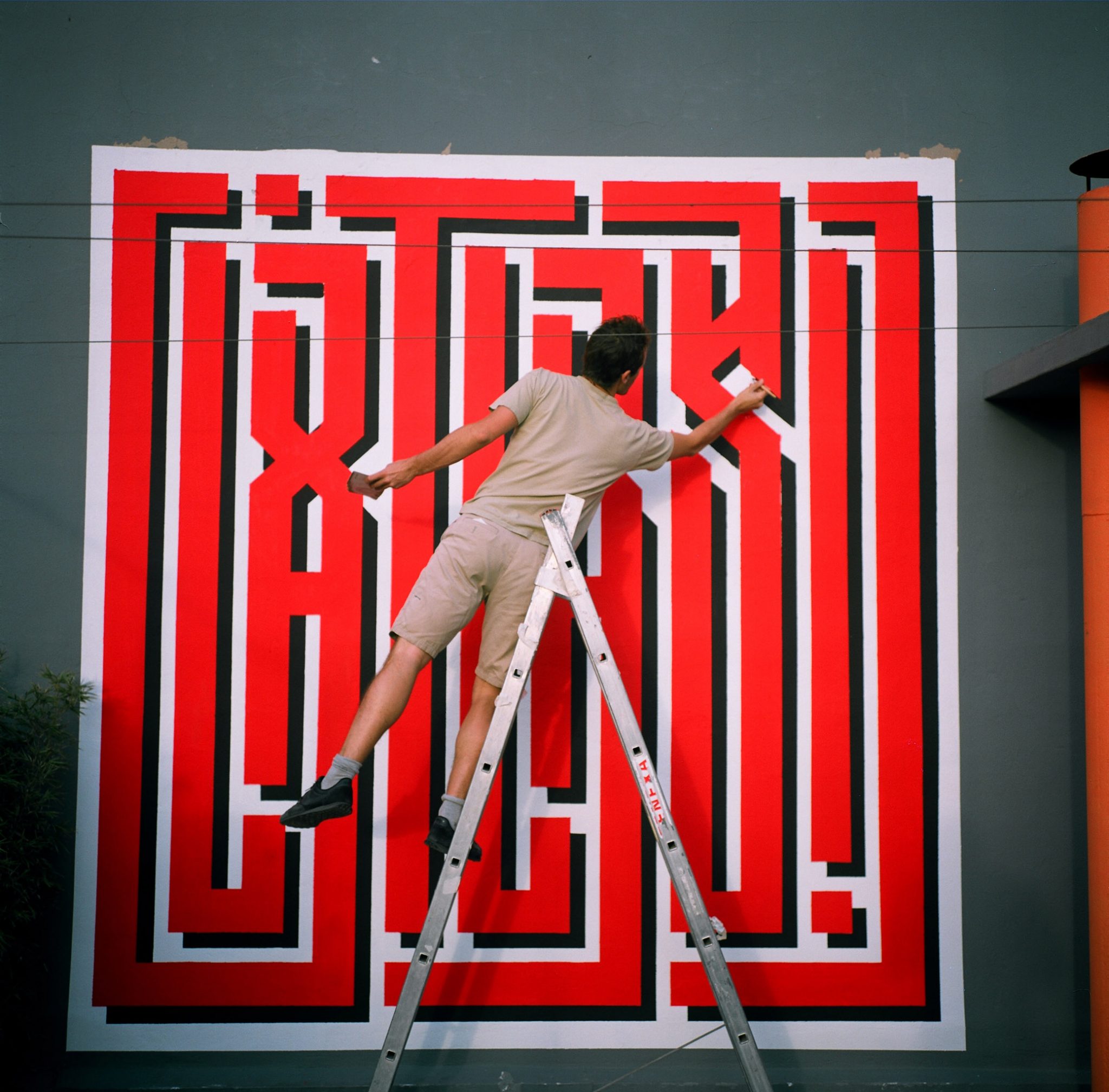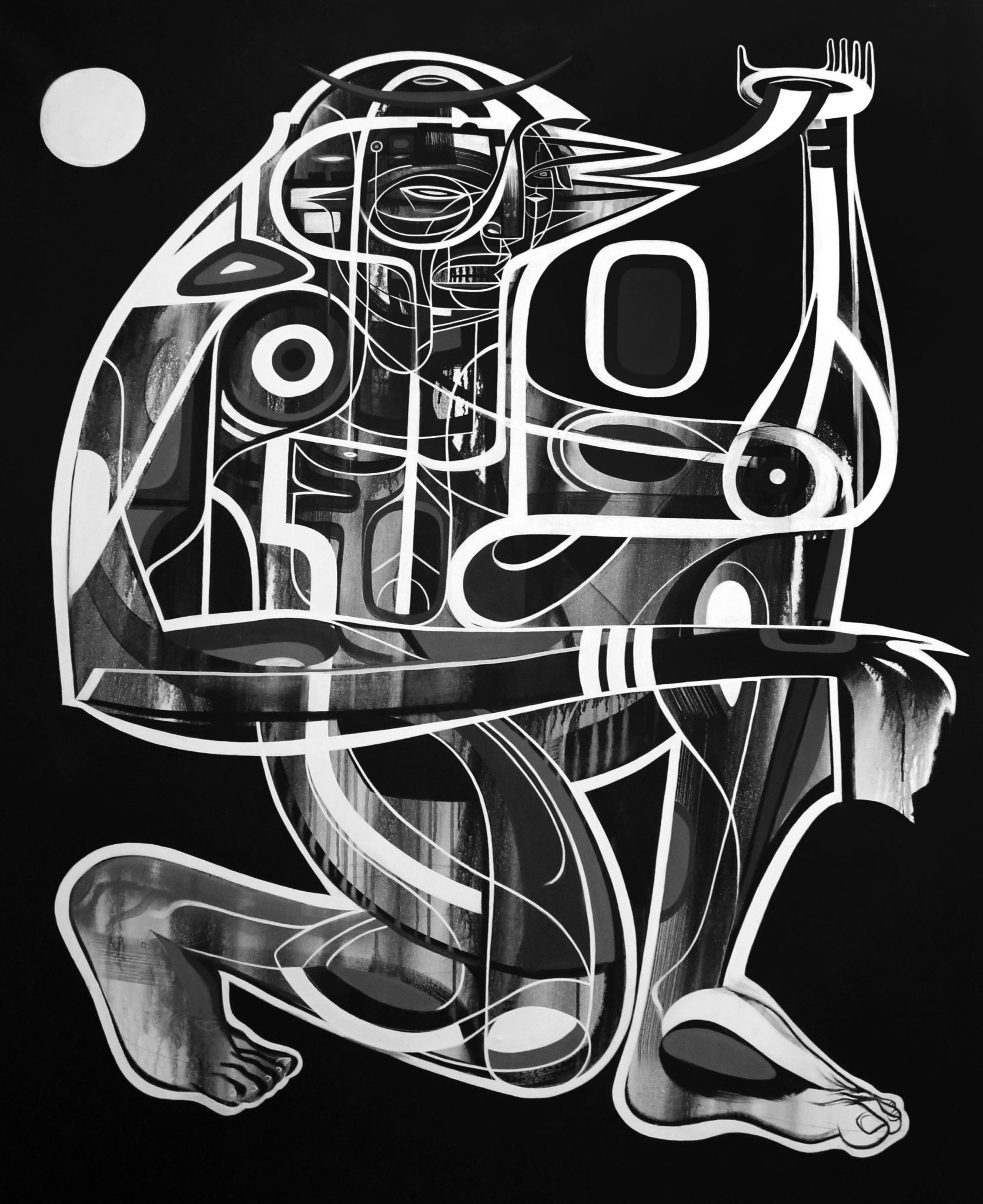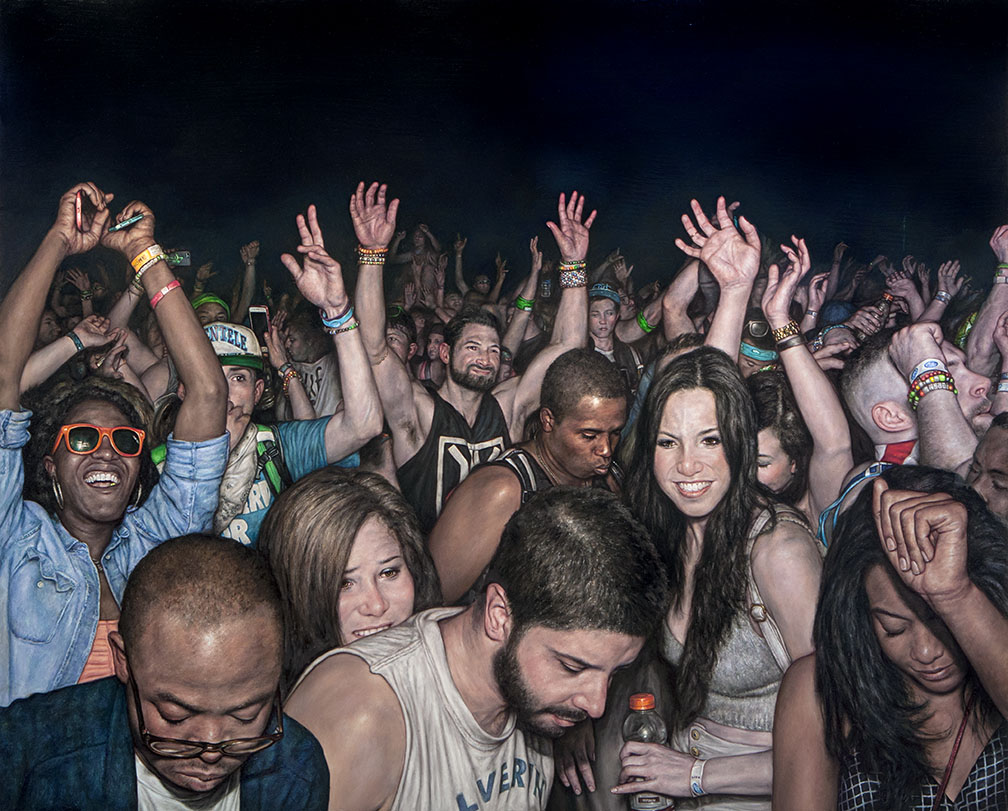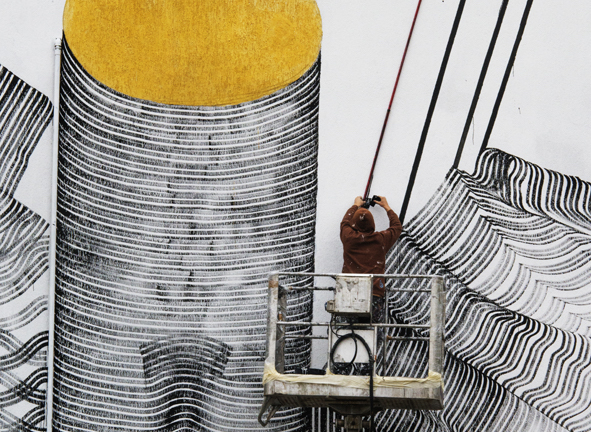
Le Regole d’Ingaggio di Mark Jenkins (USA, 1970) e Rero (Francia, 1983) inaugurano l’autunno espositivo di Wunderkammern, sede meneghina. Archiviate le personali nella sede romana, i due artisti presentano l’evoluzione della loro ricerca artistica in relazione al tema: Rules of Engagement. Fino al 28 ottobre. Le regole di ingaggio sono direttive emanate da un’autorità militare che specificano le circostanze, le condizioni e i limiti sotto i quali le forze possono combattere col nemico. Allo stesso tempo, l’engagement (in italiano “fidanzamento”) è anche l’accordo formale a sposarsi. E’ una parola che riunisce gli estremi delle emozioni, odio e amore. Da un lato, è un processo che legittima e autorizza la violenza e l’atto di uccidere. Dall’altro lato, valida e ufficializza una relazione esistente basata sul più puro dei sentimenti. A partire da questi concetti, gli artisti esplorano i meccanismi della formalizzazione delle emozioni nella nostra cultura contemporanea. In mostra saranno presentati una serie di lavori a tecnica mista ed alcune installazioni sviluppate a quattro mani dai due artisti. Noi li abbiamo intervistati.
MARK JENKINS
Which are your “Rules of Engagement”? Which are the various meanings of the exhibition title?
It’s a wide breadth once you unravel it and for me it means, now, the social norms pressuring us from all directions at every moment.
What does it mean to do “street conceptual art”? How do you unite urban art and conceptual art?
In street art, you have an abundance of conceptual humoristic pieces that arguably outweighs the other side, the poetic narrative. It’s uniting these two that is more complex and I think my work does this now and then.
Please tell us about the symbols / implicit meanings (political, social themes…) of one artwork of the exhibition.
Nothing gold can stay is the most loaded work symbolically, the girl as a robber, urine, hers as gold, the commodity. The positioning with the mirror is about liberation but the context in a small room becomes a private act. Finally the title is nature’s rule of the ephemeral, and that nothing can stay even though this exists in a frozen moment will last…this until the end of the show…
You both use the street as an important location for your work. How do you bring your work indoor in the gallery?
Normally, I carry it.
How the works dialogue among each other and how they are related to the space of the gallery?
I credit RERO for curating the works spatially and by coincidence as well we interpreted the theme similarly so that it was like conversations in a crowded room on the same topic. The beauty if visual art is its silence that allows you to listen in a different way.
RERO
Which are your “Rules of Engagement”? Which are the various meanings of the exhibition title?
Engagement is the way we make our choices and the fact that every choice we do has consequences… To be engaged for me is to have conscience of these consequences … Trying to fight the most we can against Banality of evil… For the exhibition we chose this title as a starting point of refection. We love the ambiguous and polysemy of interpretation of this notion connected to war and also wedding and love in general. With always a sarcastic notion: perfect to initiate our collaboration.
What does it mean to do “street conceptual art”? How do you unite urban art and conceptual art?
Naturally … Urban and conceptual are 2 notions who live in harmony with freedom in nature…
Which is the meaning of the black line and the importance of the material you use in your artworks?
The black line under my text is like a question mark… It allows to ask questions to the viewer. It offers many interpretations without any right and perfect answer. It could express the opposite of what it’s written, also as Basquiat said it could underline the text to make it more readable or also express exactly what is written… I love to play with the ambiguity of the language… without imposing any answer.
You both use the street as an important location for your work. How do you bring your work indoor in the gallery?
Trying to keep this idea of appropriation of spaces or objects. The notion of “intrusive” is very important. When I decide to interact outside in nature or in urban landscape, I always interact in one space not designed to receive one piece of art … The opposite of a gallery or a museum that are designed to receive or/and showing art. So what I present outside are materials or objects that are not designed initially to receive art like the vintage books under resin and the broken IPhone under resin… Like outside I am doing one “détournement” or re-appropriation of one object or situation or space…
How the works dialogue among each other and how they are related to the space of the gallery?
For this exhibition we tried to create one garden in permaculture… Where every elements interacts with each other without pesticides and chemical products… We really try to create one conversation between our 2 collaborative pieces which are central in the exhibition and connected with the satellites of personal artworks in the different spaces of the gallery. We tried to create one harmonic sound that the viewers are invited to listen in silence or/and with the sound of the chaos.




